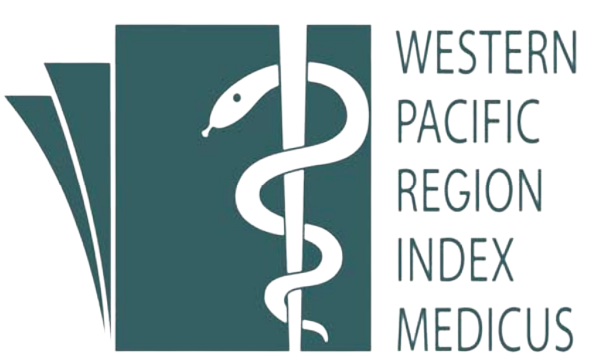Tóm tắt
Background: Hearing is a crucial sense and is particularly vital for children’s development, especially those in the first five years of life. Congenital hearing loss leads to delayed language development, severely impacting learning ability and the development of social skills, which cause consequences on children’s psychophysiology. Early detection and knowing clearly about clinical features are very important, especially for children with risk factors for hearing loss.
Objectives: To determine the prevalence of factors associated with sensorineural hearing loss among children the Children’s Hospital 1. Material and Methods: This study included 72 pediatric patients diagnosed with sensorineural hearing loss at Children’s Hospital 1 from July 2022 to July 2023.
Results: From July 2022 to July 2023, 72 children with a diagnosis of sensorineural hearing loss at the Children’s Hospital 1 were included in this study. The degree of hearing loss most severe-to-profound hearing loss (≥ 90 dB) was 54.3% as many as 46 children (63.9%) with asymmetrical hearing loss in most of the subjects. Most of the children with bilateral congenital sensorineural hearing loss (SNHL) are in the age > 5 years old (mean age: 5.8 years). Children with a history of neonatal resuscitation accounted for the highest rate 59% within factors of risk factors for hearing loss.
Conclusion: There was a delay in the diagnosis of prelingual sensorineural hearing loss, with a high proportion of the severe-to-profound among children presenting with a diagnosis. Enhancement of knowledge and development of hearing screening programs for at-risk children towards a universal newborn hearing screening is urgently needed.
| Đã xuất bản | 25-12-2024 | |
| Toàn văn |
|
|
| Ngôn ngữ |
|
|
| Số tạp chí | Tập 14 Số 6 (2024) | |
| Phân mục | Nghiên cứu | |
| DOI | 10.34071/jmp.2024.6.4 | |
| Từ khóa | hearing loss, sensorineural hearing loss, children |

công trình này được cấp phép theo Creative Commons Attribution-phi thương mại-NoDerivatives 4.0 License International .
Bản quyền (c) 2024 Tạp chí Y Dược Huế






